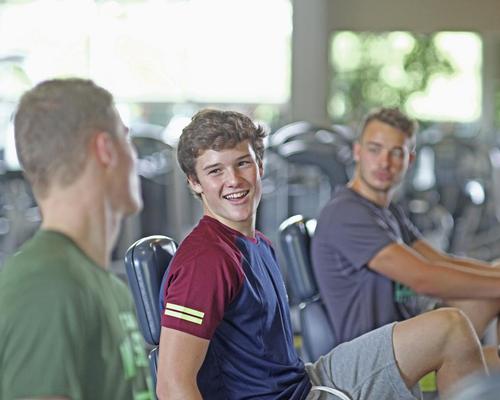21 Aug 2020
High intensity exercise in early adolescence could lead to stronger bones in adulthood
BY Tom Walker

HIIT exercise activity in early life could help improve bone health and prevent osteoporosis, according to new research.
A study by University of Bristol in the UK analysed data from 2,569 participants in the Children of the 90s health study.
The research team found that more time spent doing moderate-to-vigorous intensity physical activity (MVPA) from the age of 12 was associated with stronger hips at age 25.
Time spent in time in light intensity activity, however, was less clearly associated with adult hip strength.
Researchers also found evidence to suggest that adolescent MVPA was more important than MVPA in adulthood – and that MVPA in early adolescence may be more important than in later adolescence.
There was also some evidence that higher impact activity was related to stronger hips at age 25.
“The unique availability of repeated accelerometer assessments over many years, beginning at age 12 within the Children of the 90s cohort, allowed us to describe the trajectory of time spent in different physical activity intensities through early life and to examine how this might relate to adult hip strength," said Dr Ahmed Elhakeem, lead author and senior research associate in epidemiology.
"The results highlight adolescence as a potentially important period for bone development through high intensity exercise, which could benefit future bone health and prevent osteoporosis in later life.
"We've also confirmed other studies showing that levels of MVPA decline through adolescence. Our findings show it is really important to support young people to remain active at this age."
For the study – titled Physical Activity Throughout Adolescence and Peak Hip Strength in Young Adults researchers looked at data from healthy individuals who had physical activity measured up to four times using accelerometers worn as part of clinical assessments at age 12, 14, 16 and 25 years.
• To access and read the full study, click here.
Close Window